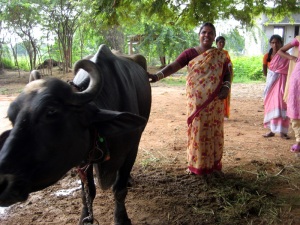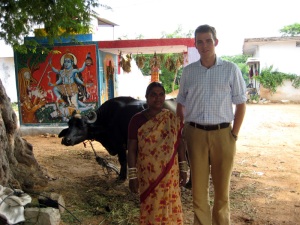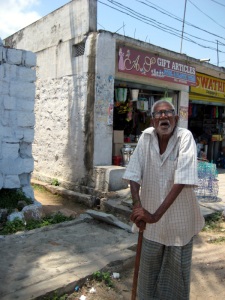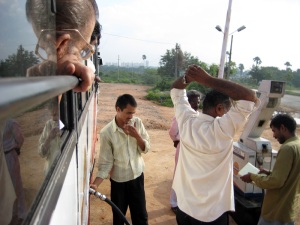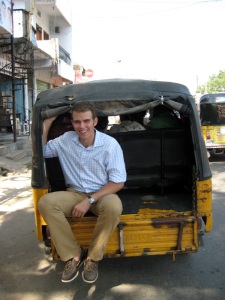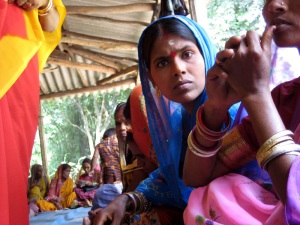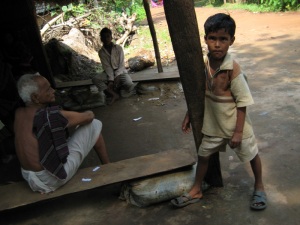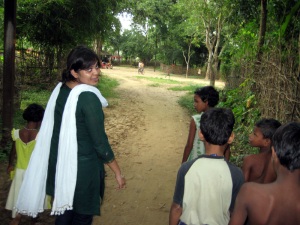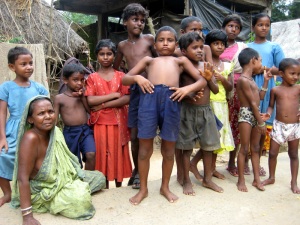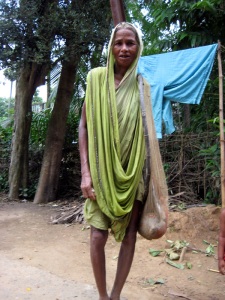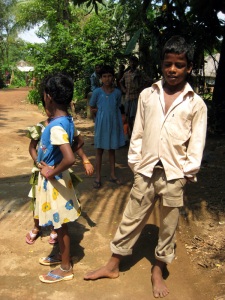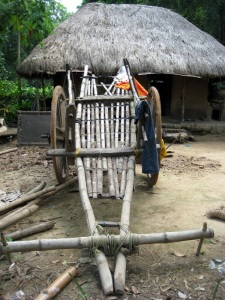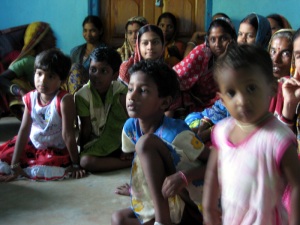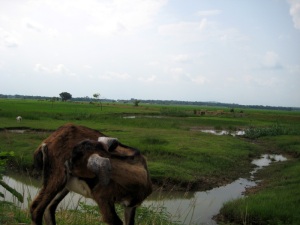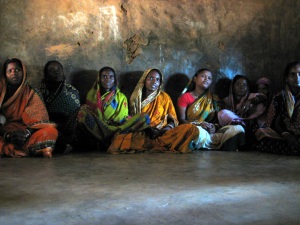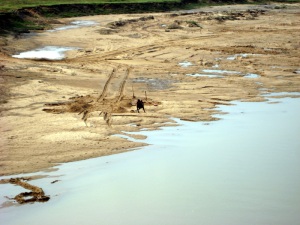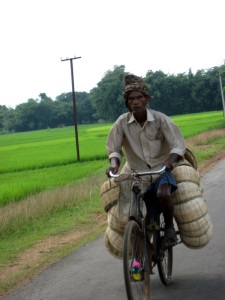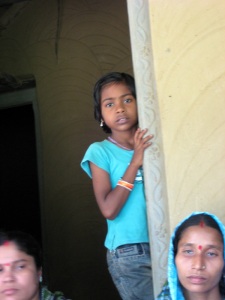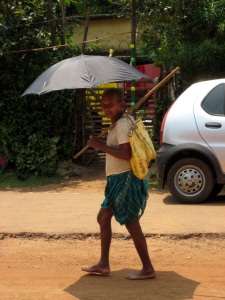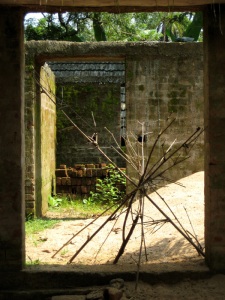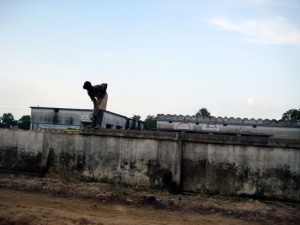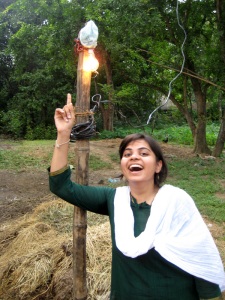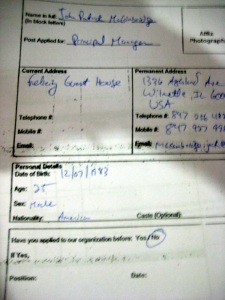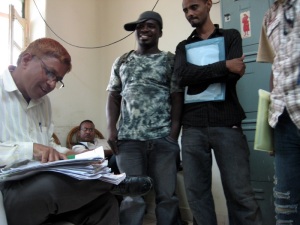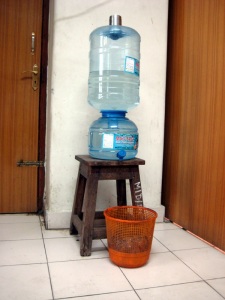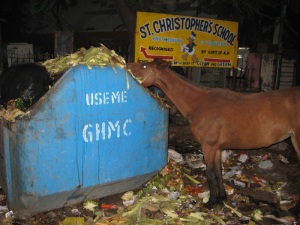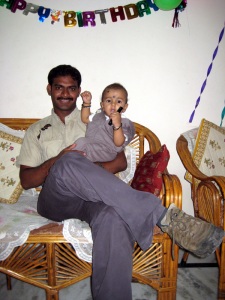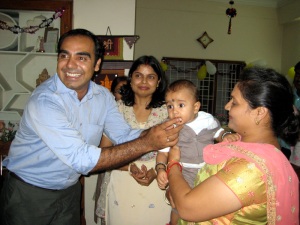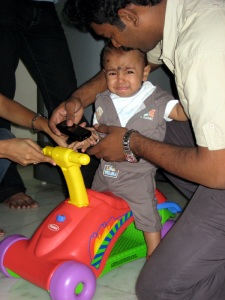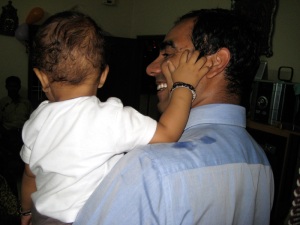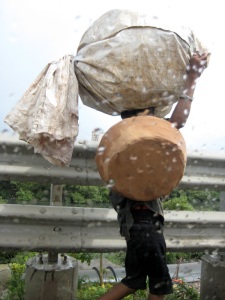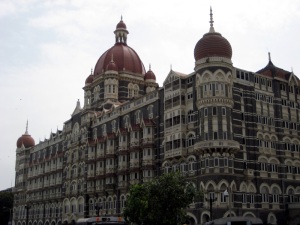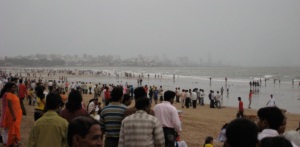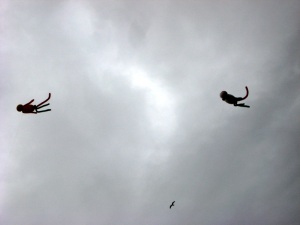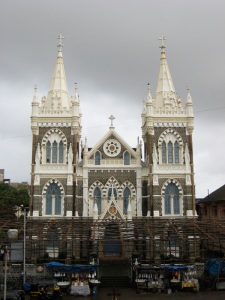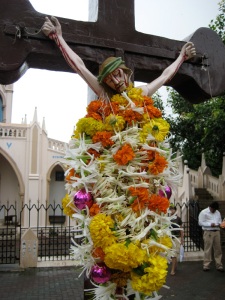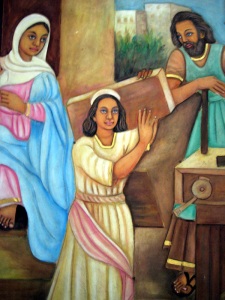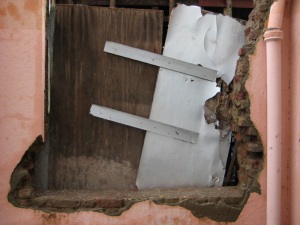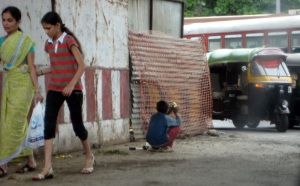The morning of November 5th (election eve in the US) found me up at 5:30am, glued to the BBC and CNN IN in rural Orissa, while my friends massed in groups of multiple hundreds throughout India to watch the returns. By 8:30am, when Ohio was called for Obama, the race was over and a rush of excitement left me cheering and crying in my room. The TV commentary highlighted for me the incredible significance of Obama’s election for India. The nightly news (and that morning’s news) has been flooded with minute analysis of every way in which an Obama presidency may impact India.
Interspersed with this commentary were glowing reviews of the “only in America” story of Obama’s election, given his biography. This we have all heard, but I can assure you these emotions are very real here in India. There is a genuine, new admiration for Americans, spurred by his election, and India is not a “US-hating” country, in general. This is particularly poignant, as India is readying for federal elections and there is a strong desire to reduce the influence of corrupt, criminal politicians (literally. A dismayingly large percentage of Indian politicians, both aspiring and empowered, are criminals, whether convicted or not). So, Indian stations were already asking who would be India’s Barack Obama. No answer to this query, yet, but I hope that India finds a similar, inspirational leader.
A few days after the election, I headed back to Hyderabad, buoyed by that sense of optimism that was painfully absent on November 5th, 2004. I had spent some time, while awaiting a rescheduling of my flight, befriending a few folks from the Deccan Chronicle cricket team. Our flight eventually gets called and I part ways with Hyderabad’s cricket gods.
I trundle towards Indian airport security. The only excitement in this line is how daring a game of chicken the CSF officer (India’s TSA, though these guys have guns) will play with me during the thorough frisking required to pass unto the pre-boarding, waiting area #2. Fortunately, his are unadventurous hands, so my plastic explosives and switch blade get through.
As I step up to his pat-down platform, CSF officer Raj Kumar asks, “what country?” Being habituated to regular recognition of my foreigner status by these friendly sleuths, I am ready with a clearly enunciated “USA.” I leave out my usual proof of “Real American” citizenship through the traditional patriotic blusters: “Don’t mess with Tejas,” “I’ll invade your backwater country,” and “Did you know that we invented your freedom?”
He completes a cursory molestation and, just as I am about to step off the platform, Officer Kumar leans forward displaying a slightly concealed mustached smile and says, “Best wishes to President Obama. I am proud.” I react with at least half of the excitement of a “My Super Sweet 16”-star receiving a gold-plated Porsche. In contrast, my enthusiasm is genuine, though lacking the energetic expletives of “OMG” and “I’m the richest girl ever.” Raj is a bit surprised that his two sentences elicit such a reaction. I respond, “Thank you, sir. I’m happy you are happy. He will be a great president for the US and better to the rest of the world.” This is probably a bit much, but Raj smiles, nods, and reciprocates my handshake. I head off to collect my bags. As my smile widens while reflecting on the exchange, I decide to return to Officer Kumar. Tapping him on the shoulder, to his evident surprise, I expand, “Thank you so much for your well wishes, sir,” perhaps ignoring that he sent his best wishes to Obama and not me.



